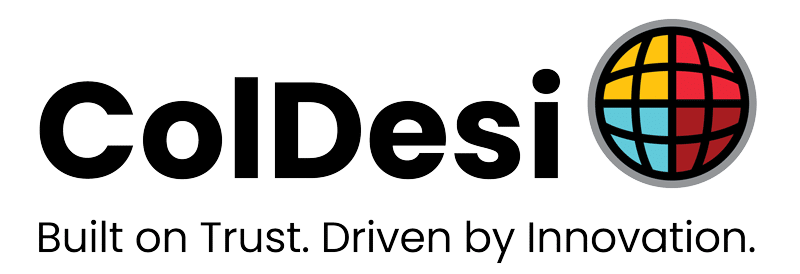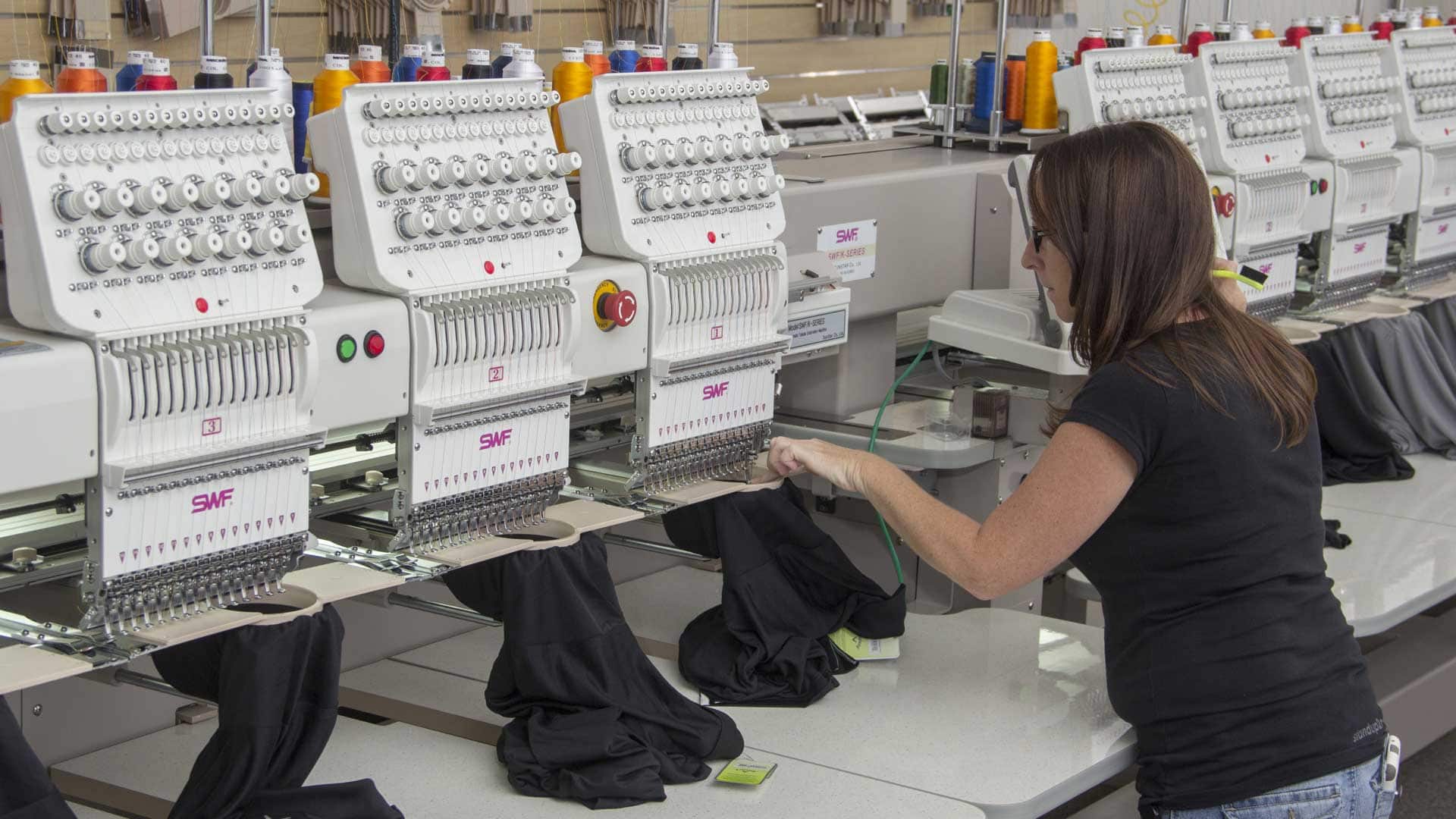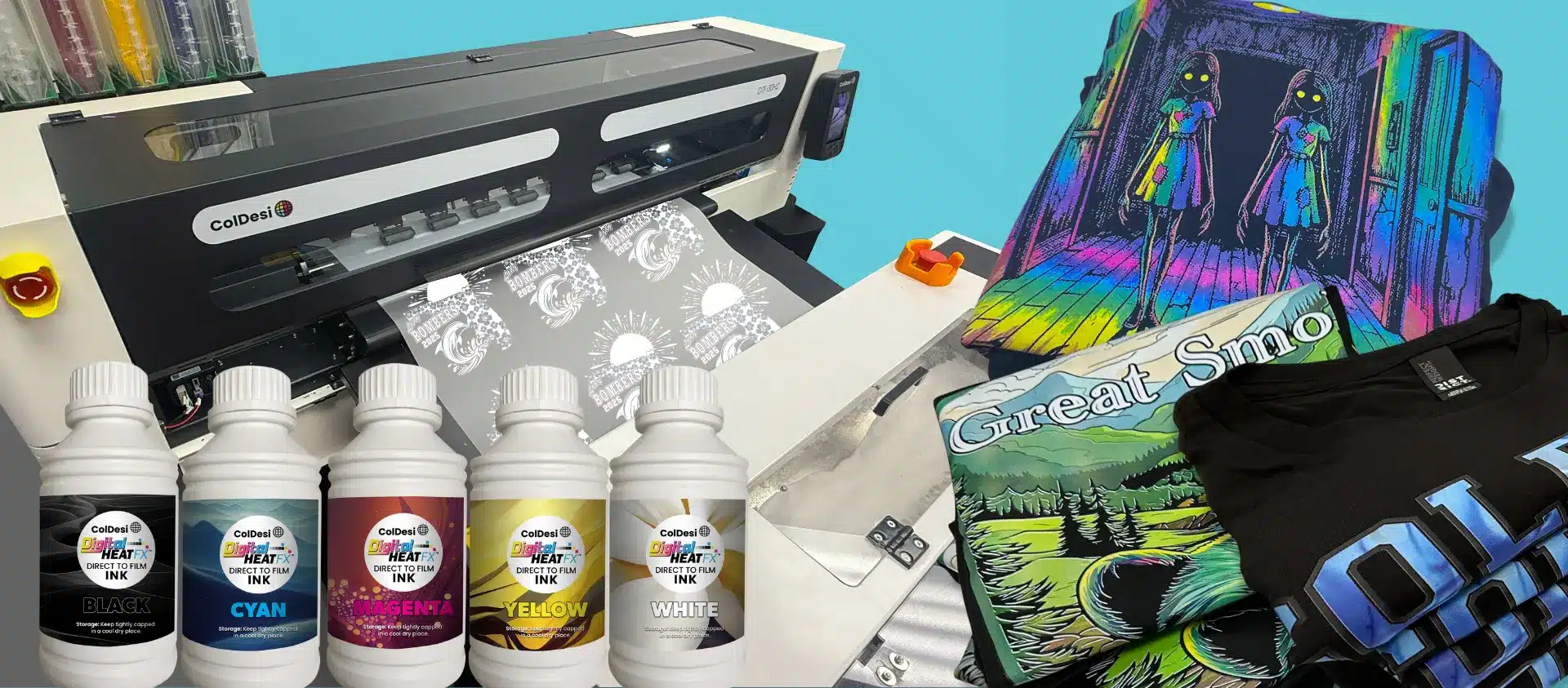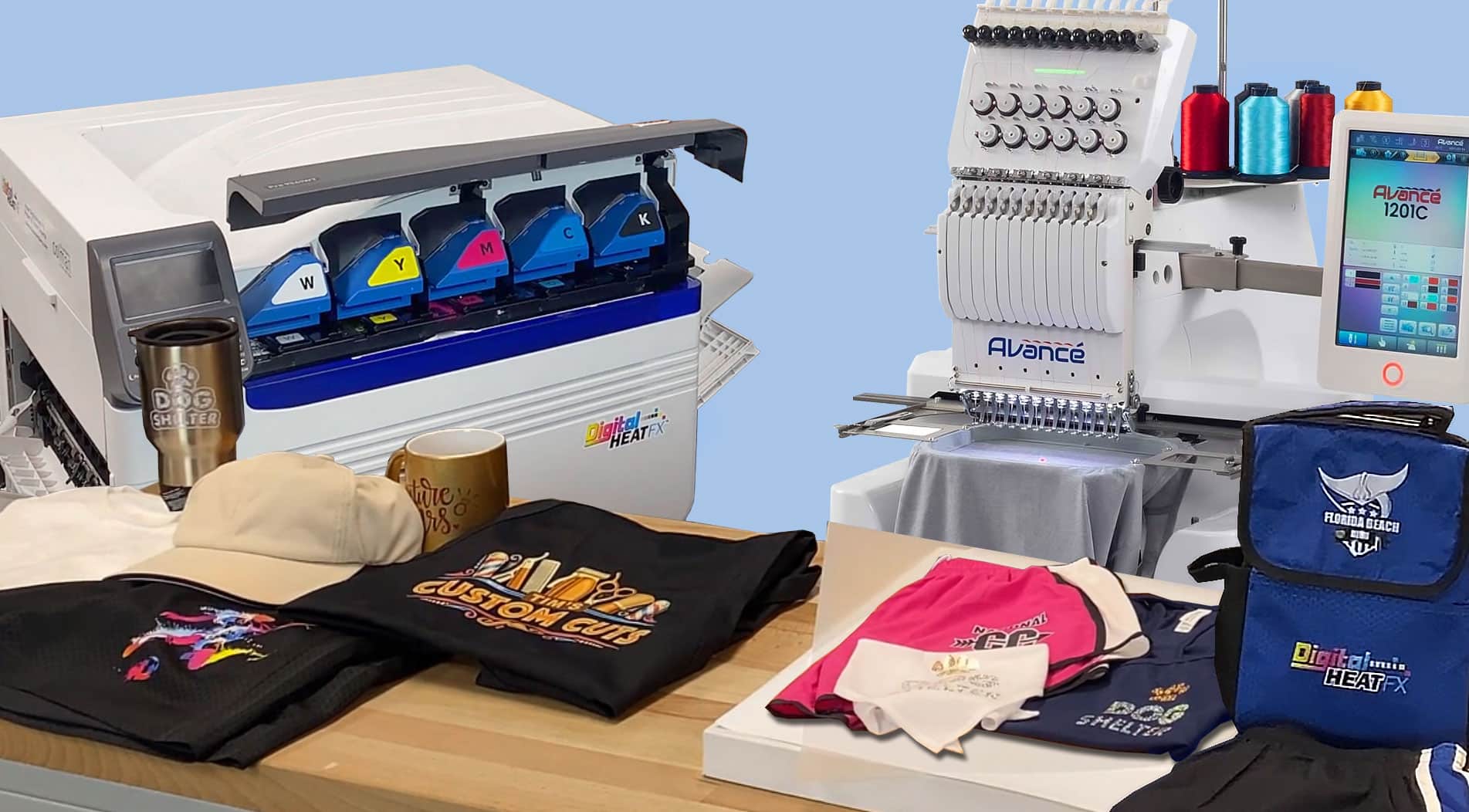You have decided that the embroidery business is a fantastic opportunity, and want to get the ball rolling. After giving it some serious thought, you wrote out a detailed business plan and secured the financing. Perhaps you even purchased the embroidery equipment and supplies, chose an outstanding business name; found the perfect place for your store or making a go at working from home. More information’s on Embroidery in this article. What happens then? How to choose the right direction for your embroidery business: You will first need to verify your customer base; they are required to get your new venture started so that it will grow and prosper. The business end of the embroidery industry has so many approaches, and it depends on how you want your business to affect your daily life. There are two main methods in the embroidery industry:
- Contract embroidery
- Direct selling
Your vote will have many widespread effects:
- Which machines will be better?
- Who will your business appeal to?
- How will you start?
Often, the startup will have orders waiting when the new equipment arrives. Word of mouth by friends, family and people you meet are the principal ways to get your first customers and promote your business.
Your choice will also be whether your objective is to have a hobby, business or a little of both. Initial funds available are another matter. The question is do you want to market embroidered items, or simply create embroidered items. Perhaps you will be doing a little of both. What kind of person are you? Are you into sales and marketing, or are you a technician? The embroidery business is largely based on repeated motion, so you may spend hours operating a mechanism to fulfill orders on time.

Contract Production
Contract production, at least in the beginning, represents the biggest challenges for a startup. Limited capabilities can inhibit the new embroiderer, guaranteeing long hours and possibly lower returns on investment. Contract work is primarily for customers who are individuals or companies that sell directly to end users. Specialty companies will call on organizations of different sizes: restaurants, clubs, bars and businesses of all types. They may advertise a variety of products: ink pens and mugs to wearable items like caps and polo shirts. Taking a contract order for a quantity of products requiring a business logo or name embroidered on each one, the standard procedure is to order from a wholesaler to be delivered to the contract embroiderer, who then does the necessary work.
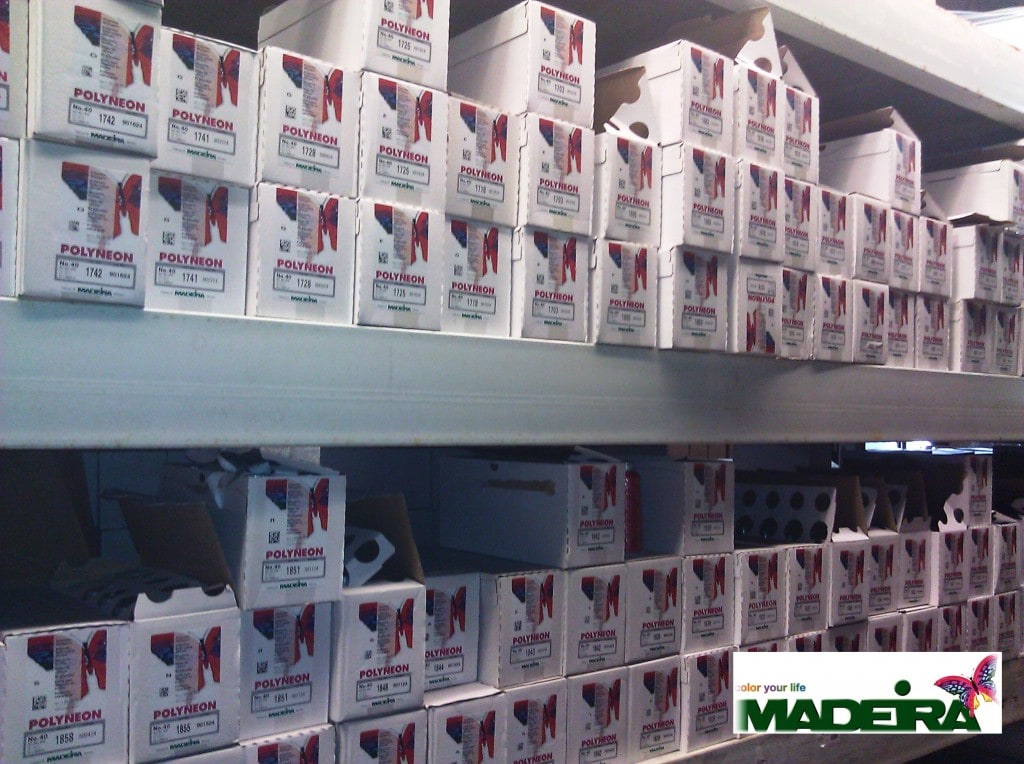
As the embroiderer, you will be responsible to check in the order; unfold, hoop and embroider; trim, refold and repackage the end product. You have to negotiate an agreed upon price for the embroidery on each item, including all the other processes involved. By and large, the amount is charged on the direct sellers’ account to be paid to you, the contract embroiderer. You will need to set up a billing cycle of thirty, sixty or ninety days. You will be responsible for accounts payable. Items are delivered to the end user, with the retail price charged by the seller. The problem for startup embroiderers, those with minimal initial production capacity, is that the market price for services by specialty dealers, and others like them is often set by the largest commercial embroidery companies.
They are your main competition. The per-piece market price you can charge for embroidering is dictated by embroidery companies much larger than you, the startup embroiderer. Many of them have warehouses filled with embroidery machines, enough to produce hundreds of units at a time. The new embroiderer with a solitary one, two or four head embroidery machine may only provide a limited number of items per day. Although in this case, sometimes a good hooping device can really increase your production speed. An embroiderer in the contract end of the industry generally finds lower profits and limited time in the production schedule to take on more profitable business.
Direct Selling
The other approach, direct selling, frequently proves to be more profitable for the startup embroidery business. This is where you go directly to end users. You buy the garments or products to be embroidered from a wholesaler, embroider them for sale to the end user at a retail pricing. Profits from direct selling are based not only on the markup on the item, but also on the charge for the embroidery. Potential profits will be significantly higher compared to contract embroidery where the embroiderer is paid only for the embroidery. The market for selling embroidered items is high, and it is best to keep in mind which ones are most profitable. You will be working with a relatively limited production capacity and may have to partner with middleman, such as advertising specialty sales organization or resellers. Which way do you want to go? Marketing, sales and promotion require a different skillset and type of personality. At first, you be called on to wear many hats (so to speak), but it is wise to have a long-term plan taking in account the time when production, marketing and sales proves to be too much for one person to handle. As you start your embroidery business, select the course you will take now, instead of when the time comes. And that day will come sooner than you think! By balancing your goals, objectives and inclinations; understanding the true costs of your embroidery business, as well as what your profit organization will be and your production capacity; you may find your choice is obvious. If you have questions about the right products to buy, pricing, leases or anything else for starting up your embroidery business, contact ColDesi or Colman and Company today.
